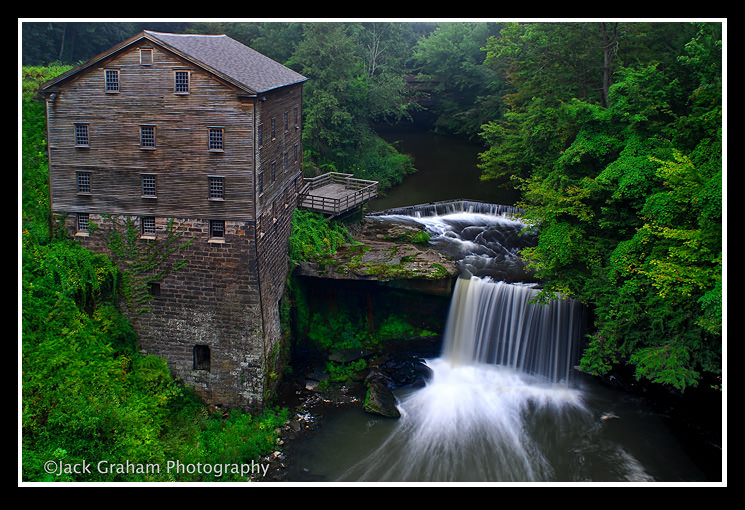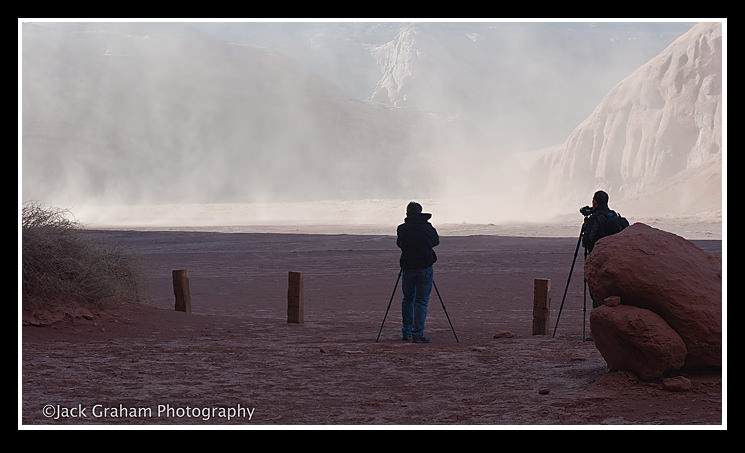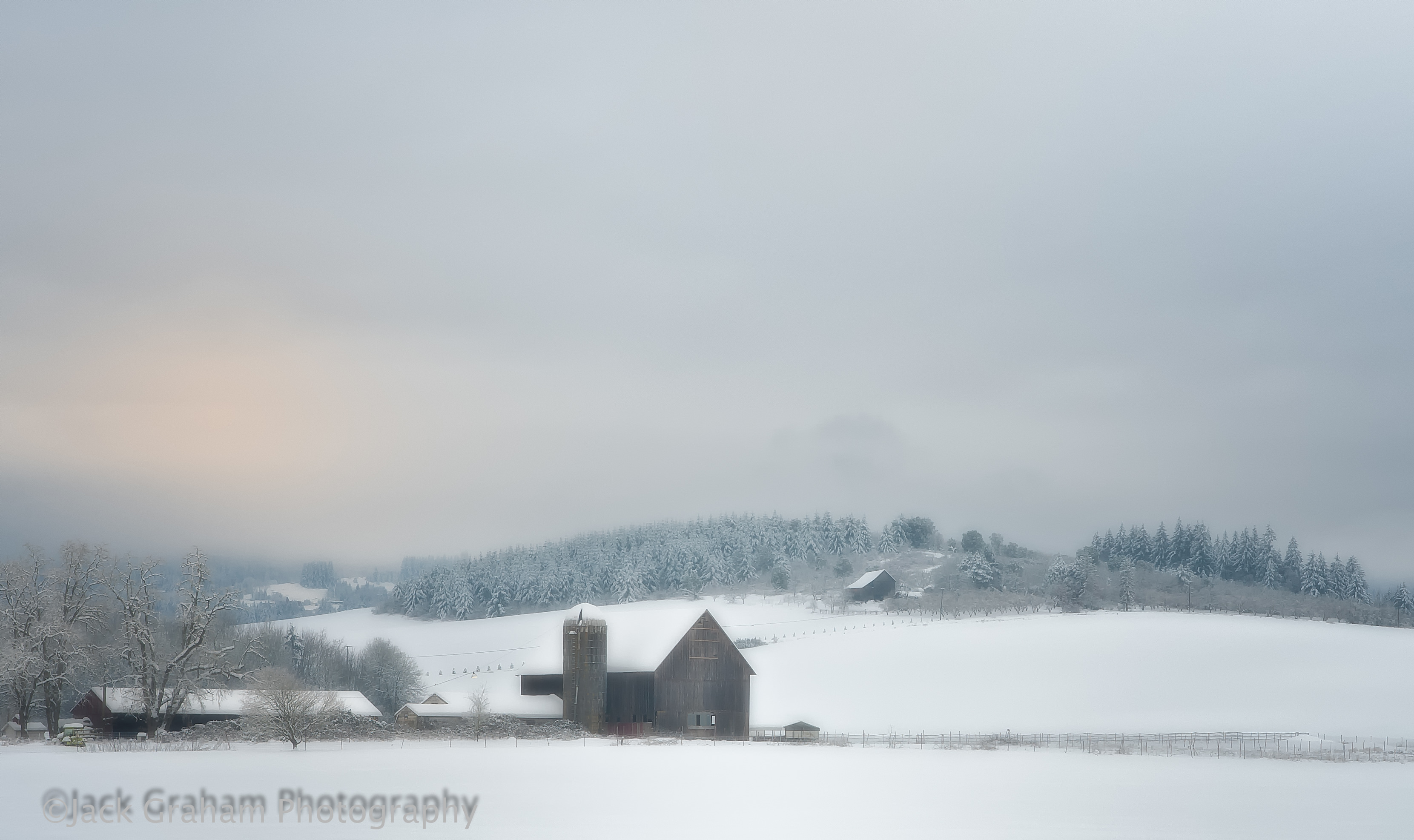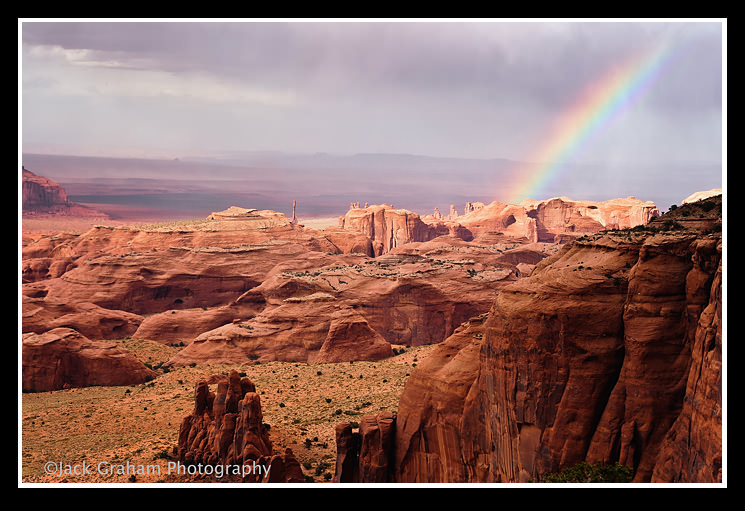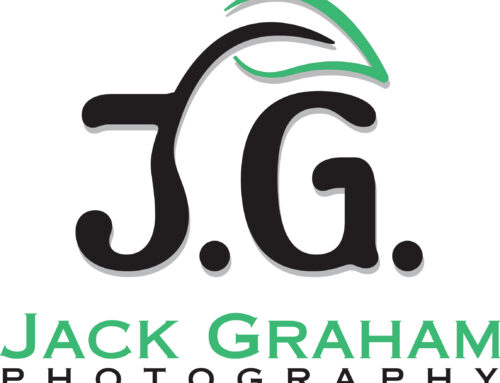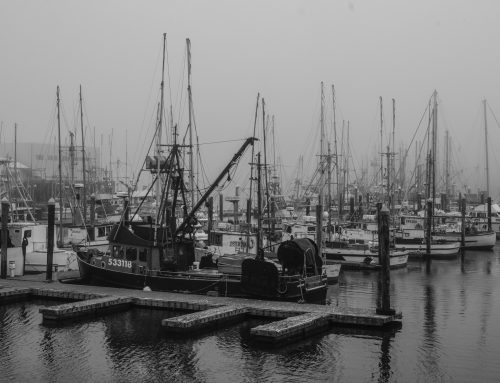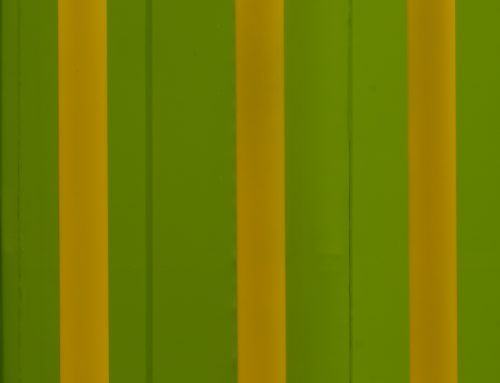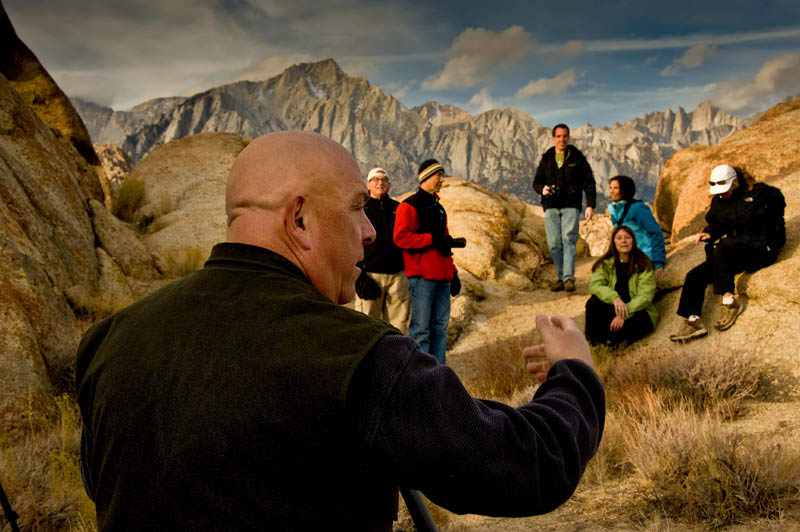 Jack Graham Photography Workshops 2011 Schedule https://www.jackgrahamphoto.com/2011-workshop-schedule
Jack Graham Photography Workshops 2011 Schedule https://www.jackgrahamphoto.com/2011-workshop-schedule
Jack Graham Photography Workshops 2012 Schedule https://www.jackgrahamphoto.com/2012-workshop-schedule
BIG ANNOUNCEMENT ON THIS OCTOBER’S “FALL IN NE OHIO / AMISH COUNTRY” WORKSHOP:https://www.jackgrahamphoto.com/fall-color-ne-ohio-well-very-special-day-amish-oct-2011
PODCAST: New addition coming soon! www.18percentgraymatter.com
_____________________________________________________________________________________________________________________________________
Thoughts on Choosing the Right Camera for Your Needs © Jack Graham & Jack Graham Photography LLC
I am very often asked which camera one should own in order to take quality images. The easy answer is that most DSLR’S in today’s market are capable of making good images.
Quite often non photographers will see me in the field with all my gear and ask me” Does your camera take good pictures”. Funny right? Well the short answer is certainly yes, however what I usually tell them is that by owing a good camera and lens, I have only the chance to make a good image. I still have to make it happen.
Consider this comment…”The lack of attention to detail fails to explain why a 1999 camera in the hands of a meticulous PHD who studies the instruction manual wont produce as many publishable images as a 1939 camera in the hands of a person with a photographic eye”… Galen Rowell.
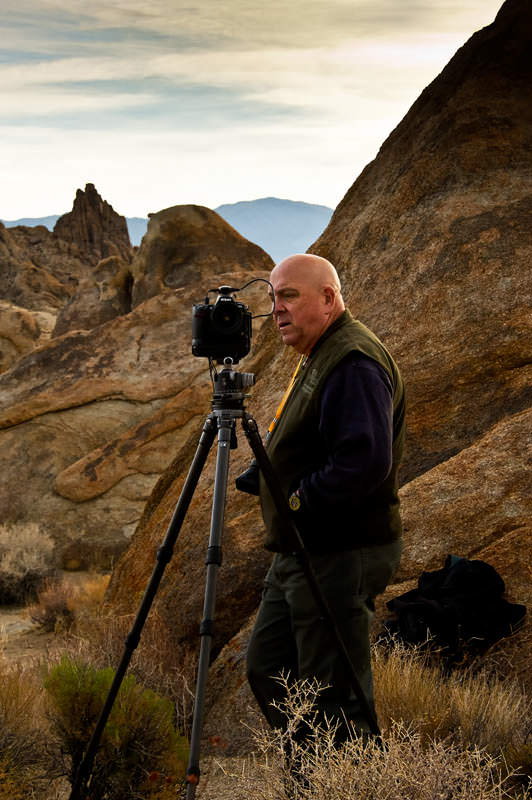 Shooting in the Alabama Hills ©Michael Strubel
Shooting in the Alabama Hills ©Michael Strubel
When reading this essay, also, consider this. Working pro’s use pro grade cameras for a reason. Believe me, Art Wolfe, John Shaw, Tom Mangelsen et al , would be more than happy to spend thousands of dollars less on cameras and lenses and be able to carry 1/10th the weight around if they could. But professional photographers can’t compromise. There are significant reasons for owing what we do. Having said that, in most cases the average photographer need not bust the bank account in order to make good publishable images in today’s marketplace.
Owning a good or even a pro camera only gives you the “chance” to make a good photograph.
There are really 3 grades of cameras available today. Let’s go through these and talk about the differences.
__________________________________________________________________
Consumer Grade Cameras – These cameras are a decent nice step up in quality from point and shoot cameras. These cameras will make a decent 8×10” print. Most are fairly light weight and affordable for most folks. These cameras often lack some features needed by more advanced folks and are not built with the integrity of a more advanced DSLR. These cameras are by far sold more than any other category. For the weekend warrior or casual shooter these cameras do a great job and are a good value. On my workshops, I often see folks who use these cameras be quite unfamiliar with the more complicated menus than more expensive cameras use. They also will not take the elements as well as more advanced cameras. Rain, dampness affects these cameras more. They will not perform at 20 below zero as well. But then again, most folks who own these cameras do not work in these extreme conditions like pro do. The other side of the coin I that if you have thoughts of becoming a more advanced photographer, you may want to start off with an advanced amateur camera as you’ll have more features, better build and quality with these cameras than the entry level consumer grade.
Advanced Amateur – This category is growing quite rapidly with the major manufactures these days. For folks who are a bit more serious about their photography, but are not making a living at it, I would definitely seriously look into this category of camera. For the most part this grade of camera is heavier and much more rugged than the consumer cameras. Though not perfect, they do take the elements better. They will also last longer.
These cameras have easier menus to deal with as well as many pro functions (Depth of field button etc) than consumer grade cameras. The functionality is there as well, bordering on pro grade cameras.
The higher end of this category of cameras is perfectly capable of producing professional quality images and prints over 11 x 14 and over. Just like the Pro category of cameras, you’ll need to be proficient in operating these cameras to turn out quality images. Consumer cameras are usually easier to operate, but will not produce the quality of image that an advanced amateur or pro camera will. I know many pros, me included that use these cameras as backups to the pro line cameras we use every day.
“A lot of people think that when you have grand scenery, such as you have in Yosemite, that photography must be easy” ….Galen Rowel
This image was taken using a Nikon D200, Consumer grade camera!
Pro Cameras – OK by now you are surly wondering why I do and other pros need a pro quality camera. Here are a few reasons:
1) I work in extreme conditions, sometimes below -20 degrees (winter inWyoming) and over 110 degrees (Death Valley). I need a camera that will perform in these conditions.
2) I work in dust storms (last spring in Monument Valley for example). My Nikon D700 performed marvelously, no down time.
3) I work in rainforests (Olympic Peninsula and the Columbia River Gorge in winter and theOregon Coast to name a few.
I need a camera that is sealed (yes there is a difference between sealed cameras (lenses too) and non sealed cameras). Check out this article http://raylarose.rm-r.me/?tag=water-proof
4) I am not a sport shooter, but next time you see a cameraman get run over by a 250+lb football player consider that the camera will still work! When pros go out to shoot they have to come back with the image every time with no excuses.
5) Pro cameras are simply built stronger and can resist more “torture”. The inside mechanics of these cameras are built to a much higher standard than other grades.
6) Cameras that under perform in less than normal conditions will not perform and inhibit pro photographers from making a living.
7) Pro camera bodies make menus very simple, the functionality of the buttons, such as DOF, compensation etc are usually much more user friendly and easier to access.
A BRIEF LENS DISCUSSION
 Let’s briefly talk about lenses. All manufactures have some lenses that are better than others. Just like camera bodies, lenses must stand up to the elements and shooting conditions as well as contain good glass. Some shooters need faster lenses than others. Few, consumer grade camera owners would be willing to carry around large, fast “Pro” lenses on a vacation. Most dedicated amateurs and us pro’s are usually more than willing to carry around pro (heavier) lenses all the time to get the best quality lenses.
Let’s briefly talk about lenses. All manufactures have some lenses that are better than others. Just like camera bodies, lenses must stand up to the elements and shooting conditions as well as contain good glass. Some shooters need faster lenses than others. Few, consumer grade camera owners would be willing to carry around large, fast “Pro” lenses on a vacation. Most dedicated amateurs and us pro’s are usually more than willing to carry around pro (heavier) lenses all the time to get the best quality lenses.
I recommend that if you are on a budget, as most of us are these days; put your hard earned dollars into good quality lenses. I am amazed to see how many folks I run into have pro cameras and average glass. Would you put average tires on a Lamborghini?
Professional gear is worth every print to pro photographers. The build and ease of functionality, in other words, the complexity of pro cameras are worth every dime.
All of this ruggedness and sophistication comes at a price. Professional equipment is expensive, and worth every penny to the folks who make their living using it. Having said that, pro cameras are not cheap.
OK … so how do I decide which camera to buy?
Simple… what kind of images do you want tot take. I also have a Canon G10 (Canon is now up to a G11 and will certainly have a G12 soon). My G10 shoots RAW and when using a tripod produces professional sellable images.
If the answer is family, vacations snapshots, children etc I would certainly look to own a consumer camera. If you think you’ll move to the next level and become a bit of a more serious photographer either as a hobby or making a few bucks along the way, then an advanced amateur camera is the way to go. If you are close to becoming a pro photographer, or already are, and get into places as I mentioned earlier in the conditions I noted, then you need to “bite the bullet” and purchase a pro camera. You may want to purchase a pro camera at the start and save some money in the long run.
You also need to ask yourself the type of photography you enjoy. Differenty types of photography require different equiptment. Bird photographers need longer lenses and perhaps different cameras than landscape shooters. Buying a DSLR is really buying into a system. That system includes cameras, lenses, flash and accessories. For example, some manufactures are better at flash than other; some have better macro lenses than others etc.
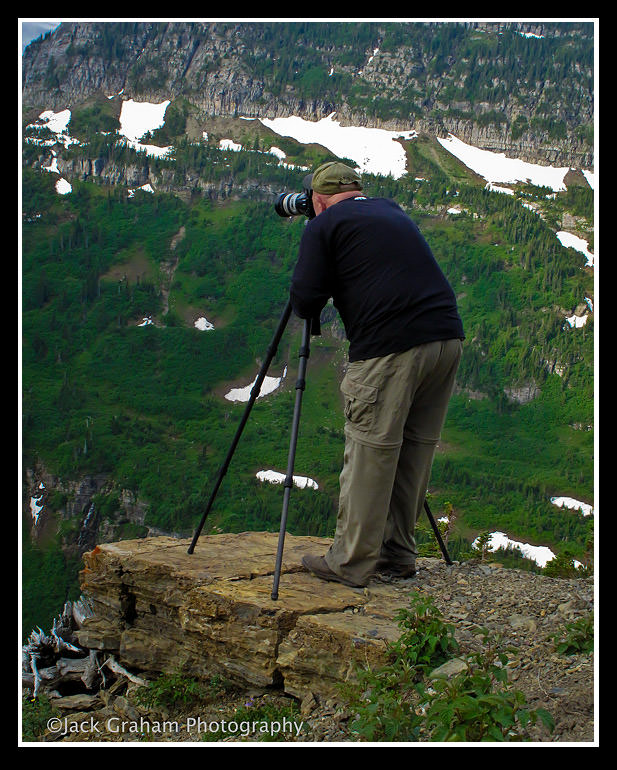 This is not an article on lenses, though I touched on lenses briefly. However let’s talk about lenses. All major manufactures have optics in every price category Believe me, there is a difference between a Nikon 70-200 F4 ($ 2000+) and a 70-210 F4 (under 400.00). Do your homework. If you are a Nikon shooter like me this is a great website for honest information www.bythom.com or http://www.naturfotograf.com/lens_surv.html
This is not an article on lenses, though I touched on lenses briefly. However let’s talk about lenses. All major manufactures have optics in every price category Believe me, there is a difference between a Nikon 70-200 F4 ($ 2000+) and a 70-210 F4 (under 400.00). Do your homework. If you are a Nikon shooter like me this is a great website for honest information www.bythom.com or http://www.naturfotograf.com/lens_surv.html
Even a few after market manufactures make a few good lenses. Tamaron, Sigma are ones I might look into if I were a consumer camera owner on a budget, but be careful, just like the name brands, not all these lenses are created equal!
You are going to hear a lot of opinions from everyone about brands, camera bodies, lenses etc. The bottom line is that today’s cameras, weather consumer or pro way out perform those of just a few years ago. However, they all kind of work differently. I encourage you to go into the camera store, touch and feel them. They all work a bit different. Consider the lens quality and perhaps take the flash systems in consideration when making your decisions. Decide what features and quality is important to you.
BE CAREFUL ON THE INTERNET: There a lot of great information out there and a lot of really bad information as well. Use reliable sources.
Where to BUY?—Buy from a reliable source. Do not deal with folks that:
1) You can’t talk to
2) Folks that will only help you if you are willing to spend money
Choose a dealer you can trust….. What happens after the sales is usually more important than before!
I choose HUNT’S PHOTO & VIDEO in Massachusetts. I can usually get a hold of Gary Farber (part owner) or his right hand man John Duggan. Prices are equal to or better than NYC with great discounts and above all customer interaction and satisfaction. Call these folks direct and actually talk to a human who will walk you through anything you need!
GARY: (800) 221-1830 x 2332 (tell him I said HI!)
JOHN: (781) 462-2314 John’s direct line


